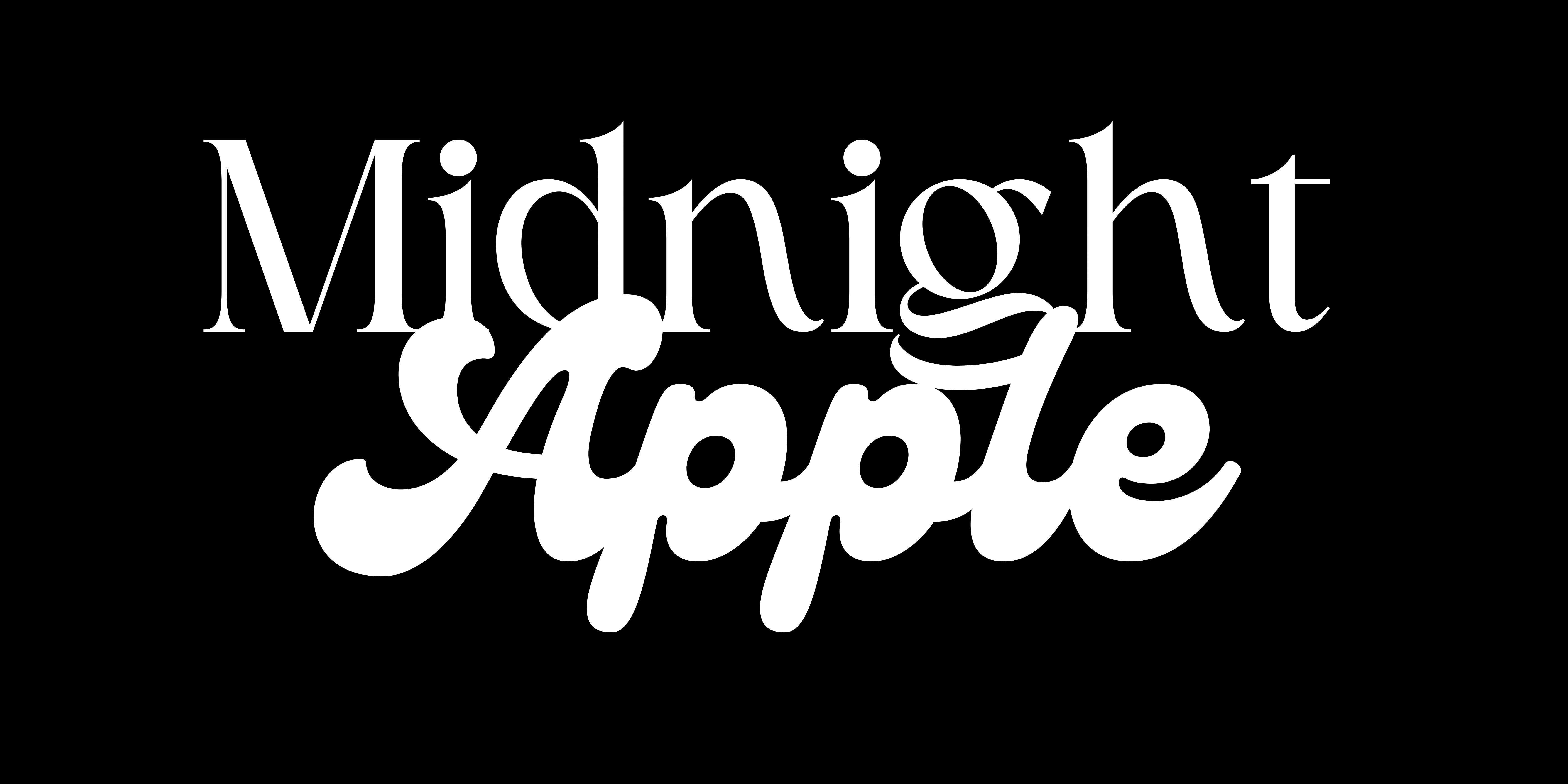
Gaming is a highly competitive industry. At Facebook, we see that games advertisers are often competing for the same audience, using similar creative strategies.
Whether they’re producing many ads to fight fatigue, optimizing successful concepts, or copying the competition, these popular creative strategies might lead to some success but are reactive in nature. It also makes it hard to stand out from the crowd, with many ads looking the same. In fact, one study showed that 56% of gamers say nearly all or many of the ads they see are repetitive[1].

By moving towards a more proactive, structured approach to ad creative you can understand what works and — more importantly — why. You can gather unique data to formulate distinct points of view that can be scaled within your organization and ultimately help drive long-term, sustainable growth.
Expand beyond executional strategies
But before I get into our new framework for experimenting with ad creative, I want to explain why it’s more important than ever. The changing ads ecosystem means that businesses will find it harder to deliver personalized ads and accurately measure campaign performance.
Reduced signals also lessen the ability to target specific audiences and optimize ad creative based on their behavior. Therefore games advertisers need to evolve their strategic approach, placing learning at its core, to develop creative that’s more broadly applicable to audiences.
Creative Prototyping: Experiment to drive success
Developed by Facebook’s Creative Shop and Marketing Science teams, Creative Prototyping is a way to intentionally experiment, uncover new creative territories and drive success. At a tactical level, it involves conducting structured experiments using the Ask, Make, Learn, Adapt framework.

Some of you might recognize this from The Big Catch Playbook, where we showed advertisers how to use the Creative Prototyping framework to test motivation-led ad creative.
This approach has an immediate impact on media efficiency: A meta-analysis of creative experiments on Facebook platforms found winning assets developed through testing and learning had a measurably lower average cost per ad recall, cost per action intent, and cost per action compared with the alternative assets.[2]

Let’s take a deeper look at the different stages of the framework.
1. Ask: Develop a learning agenda and craft creative hypotheses
The first step is to create a learning agenda, ie. decide what questions to ask. Your agenda should prioritize long-run structural creative learnings over short-run, campaign-specific ones.
Once you have a defined agenda of what you want to learn, you can prioritize the items and build out hypotheses to test.
2. Make: Design the creative assets based on your hypotheses
Once you have your hypotheses, it’s time to build the assets. There are three key rules to follow when creating your assets including isolating your creative variables and finding the balance between distinction and similarity.
Remember, you’re not designing final campaign assets, but prototypes to help you learn how to build the final campaign.
3. Learn: Design your creative testing methodology and analyze results
Now you need to design a test that will either prove or reject the hypotheses. Tests should be consistent, executed across all groups and should consider historical learnings, among other best practices.
There are multiple test methodologies, depending on the hypotheses but once you’ve executed, you’ll want to explore primary and secondary learnings to iterate.
4. Adapt: Determine future implementations of learnings
At this stage, you’ll decide whether you need to do another round of Creative Prototyping, or if you’re ready to implement your learnings into business-as-usual campaigns.
You should create a “Creative Prototyping log” to record all learnings. This should become your central repository for insights and best practices. Remember, the goal is to build a learning muscle that’ll help drive success over time.
Case Study: How Babil Games elevated the impact and creativity of their campaign through Creative Prototyping
Best known for its titles Nida Harb and the Strike of Nations series, Babil Games wanted to take a more structured approach to testing different ad creative to help them make more informed decisions about their advertising and player acquisition. Working closely with Creative Shop, Babil Games used Creative Prototyping to test the best ways to create compelling Facebook ads.

For the “Ask” part of the process, they developed a learning agenda for Strike of Nations, narrowing down their questions and hypotheses according to position, concept, and execution.
Following this, they landed on a hypothesis that sought to explore the effect on performance of placing their brand logo into their ads. To test this. they developed four unique creative approaches (“Make”).
While each creative looked slightly different, they all had a similar composition in terms of the gameplay, aspect ratio, length, and end cards. The only variable that changed was how they integrated their brand logo, thus allowing them to effectively attribute performance changes to its presence.

Once the test was run, and they were in the “Learn” phase, they saw that the card and logo creative had a 24% lower CPI and 27% lower cost per registration than no logo (primary metric). It also drove higher registration volume and purchases (secondary KPI).
Therefore, Babil validated their hypothesis that incorporating the brand logo was good for their performance, and understood more about the best creative strategy to do this.
But they didn’t stop there. As part of the “Adapt” stage, they tested a new agenda item to understand how integrating gameplay into CGI footage impacted performance. They saw that incorporating gameplay into their creative outperformed pure CGI, thus validating their hypothesis and providing them with an additional learning to incorporate into their business-as-usual creative strategy.
Key learnings
As highlighted above, the advertising ecosystem is changing and ad creative has never been more important in driving effective campaign performance. By taking a proactive and structured approach to creative development game advertisers can get ahead of the competition and ultimately drive success.

Dig deeper: Learn more about the Creative Prototyping framework, including step-by-step instructions, best practices, and case studies in our new playbook, available to download for free here.
